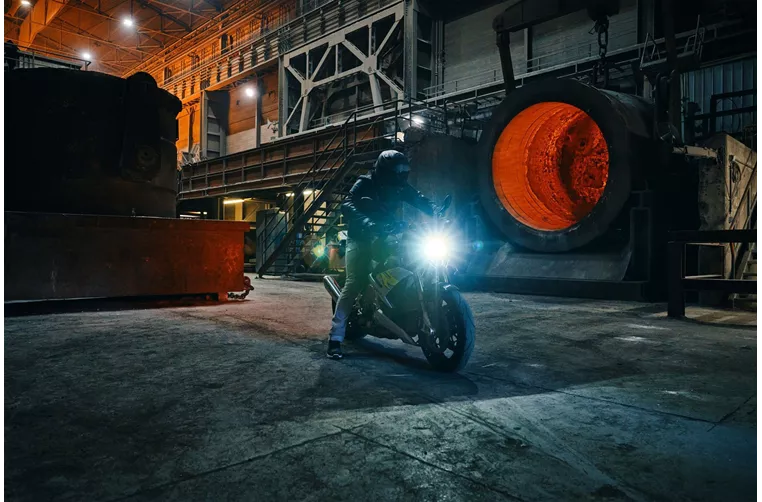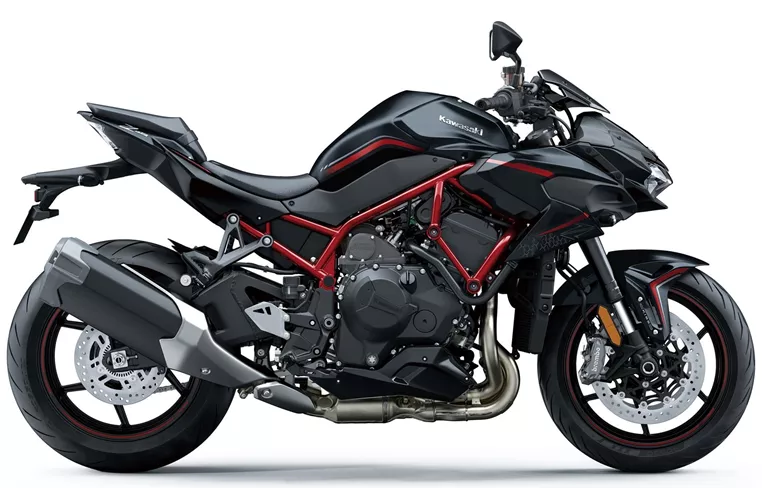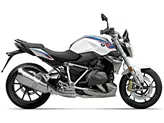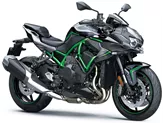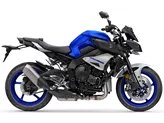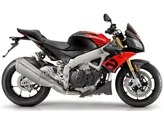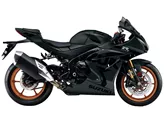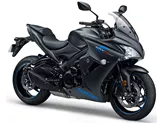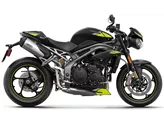BMW S 1000 R 2022 vs. Kawasaki Z H2 2020
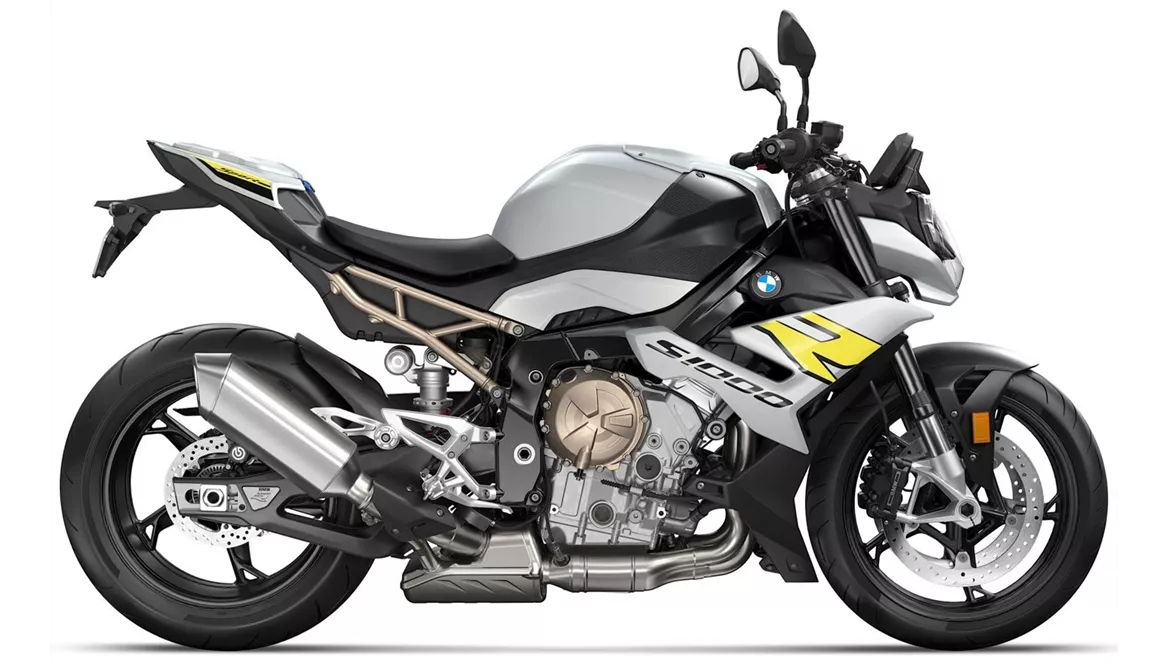
BMW S 1000 R 2022
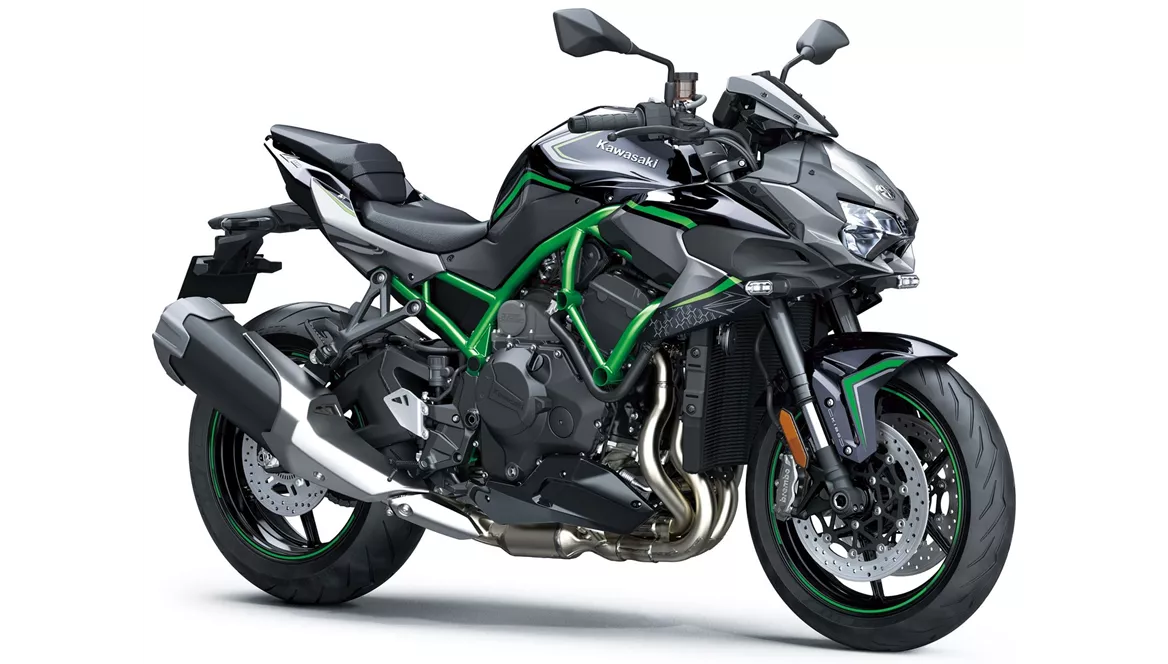
Kawasaki Z H2 2020
Vue d’ensemble - BMW S 1000 R 2022 vs Kawasaki Z H2 2020
The BMW S 1000 R 2022 and the Kawasaki Z H2 2020 are both powerful naked bikes with impressive specifications. However, they have some differences that set them apart.
In terms of engine power, the Kawasaki Z H2 takes the lead with 200 HP compared to the BMW S 1000 R's 165 HP. The Kawasaki also has a higher torque of 137 Nm compared to the BMW's 114 Nm. This means that the Kawasaki offers a more exhilarating and thrilling riding experience with its incomparable engine power.
Both bikes have a similar engine type, fuel system, and cooling system. They are both equipped with a 4-cylinder liquid-cooled engine with fuel injection. This ensures efficient performance and reliable cooling during long rides.
In terms of suspension, both bikes feature upside-down telescopic forks at the front and swing arm suspension with a monoshock at the rear. The suspension on both bikes can be adjusted for compression, preload, and rebound, allowing riders to fine-tune their riding experience.
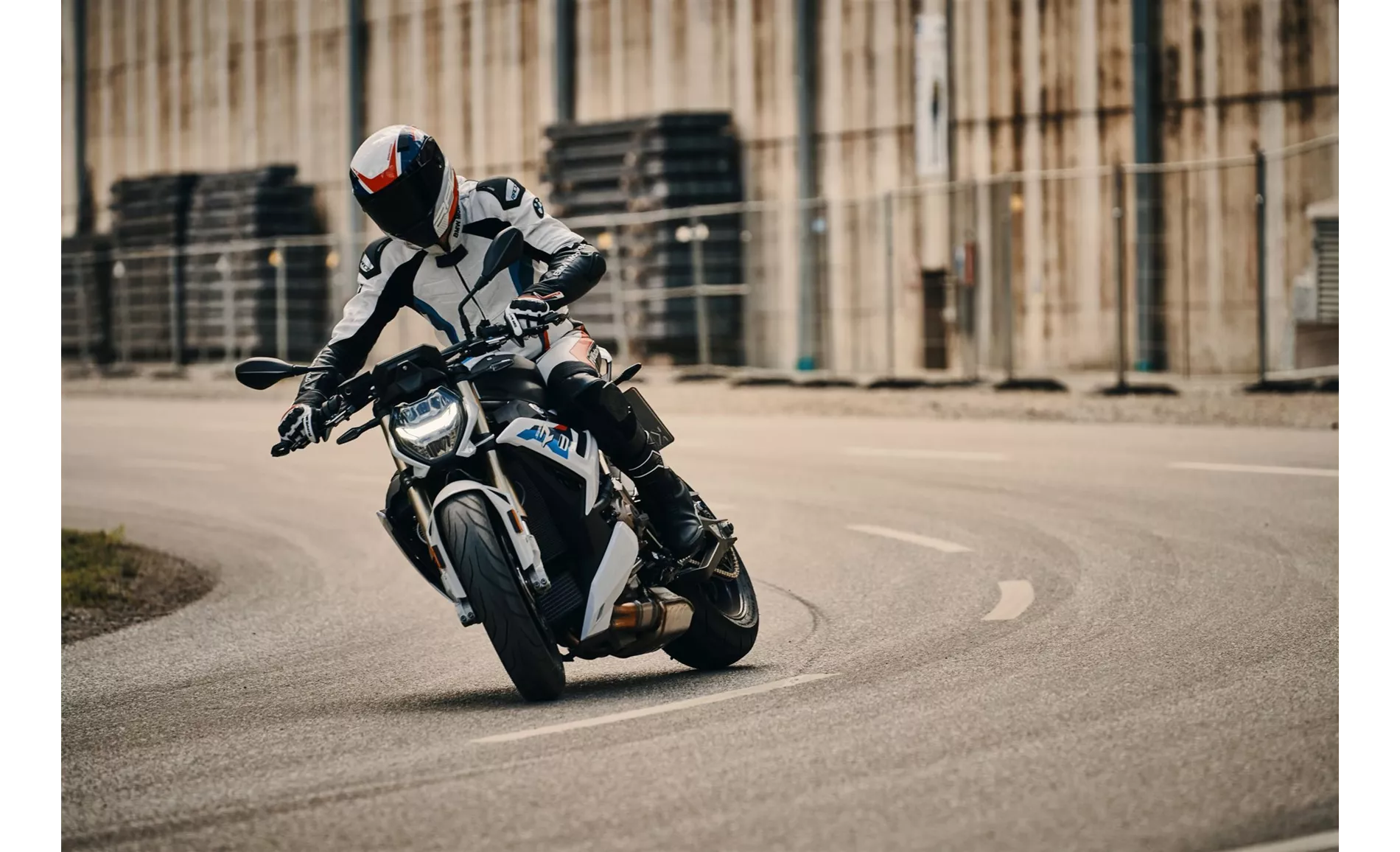
BMW S 1000 R 2022
The chassis of the BMW S 1000 R is made of aluminum and has a twin-tube frame, while the Kawasaki Z H2 has a steel frame with a tubular design. The choice of materials and frame design can affect the overall weight and handling characteristics of the bike.
When it comes to braking, both bikes are equipped with double disc brakes at the front with a diameter of 320 mm. The BMW S 1000 R features four-piston calipers, while the Kawasaki Z H2 has radial monoblock calipers. These braking systems provide strong and reliable stopping power.
In terms of advanced rider assistance systems, both bikes offer ABS, riding modes, cornering ABS, ride by wire, quickshifter, traction control, and anti-wheelie features. These systems enhance safety and control during different riding conditions.
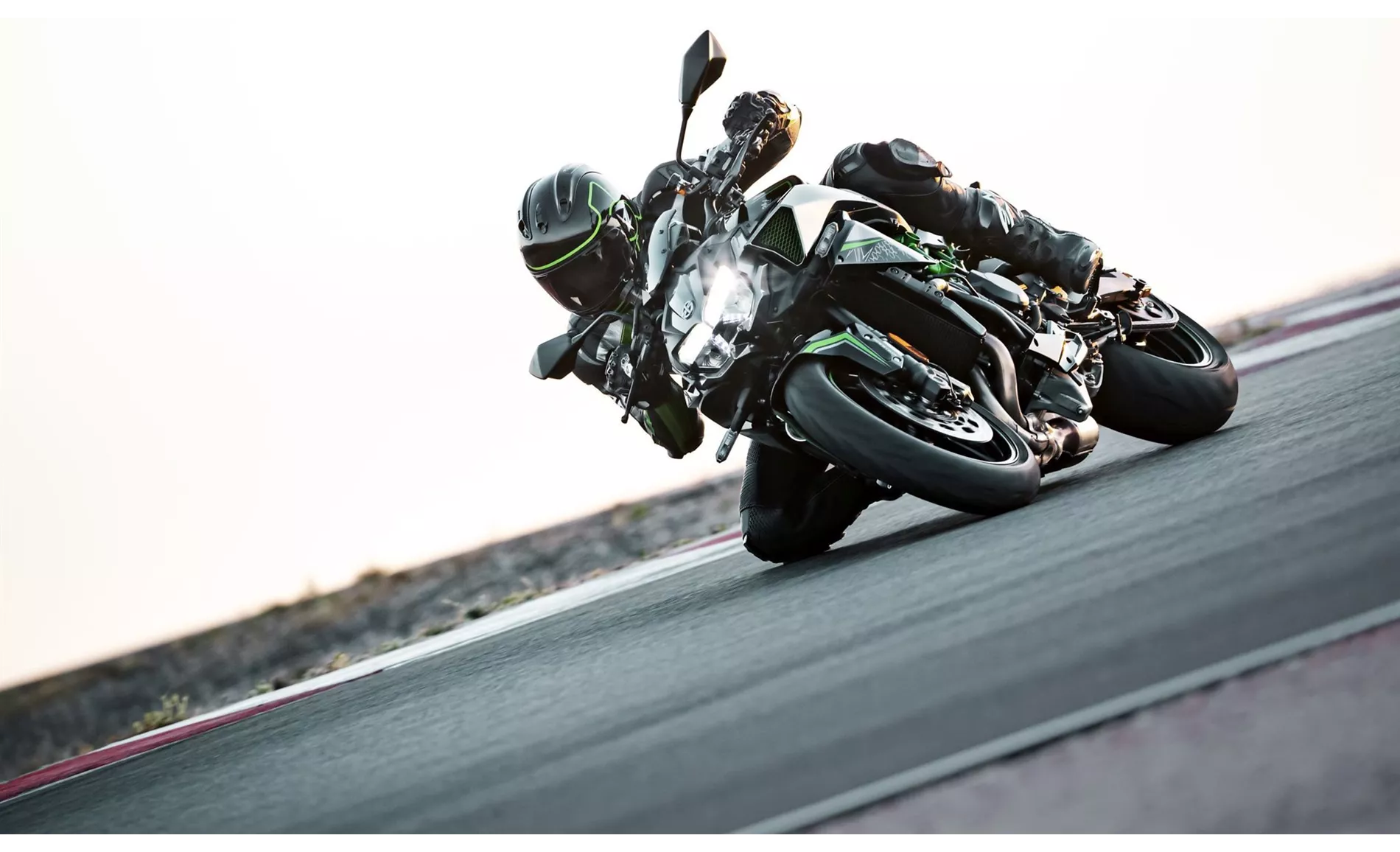
Kawasaki Z H2 2020
In terms of dimensions and weights, both bikes have a similar front and rear tire width and diameter. They also have a similar wheelbase and seat height. However, the BMW S 1000 R is lighter with a kerb weight of 199 kg compared to the Kawasaki Z H2's 239 kg. The Kawasaki also has a larger fuel tank capacity of 19 liters compared to the BMW's 16.5 liters.
In terms of strengths, the BMW S 1000 R offers a powerful engine, strong brakes, comfortable ergonomics, good standard equipment, and an extensive range of accessories. On the other hand, the Kawasaki Z H2 is praised for its incomparable engine power, easy-to-control power unit, pleasant seating position, high riding comfort for a naked bike, quiet but charismatic sound, and stable and transparent handling.
As for weaknesses, the BMW S 1000 R is criticized for its sluggish shift assistant and less coherent optics. The Kawasaki Z H2's weaknesses include a quickshifter that makes interventions that take too long, a suspension strut that becomes spongy during sporty riding, and the need for more exclusive components to match its exclusive motorbike status.
In conclusion, both the BMW S 1000 R 2022 and the Kawasaki Z H2 2020 are impressive naked bikes with their own strengths and weaknesses. The BMW offers a well-rounded package with powerful performance and comfortable ergonomics, while the Kawasaki stands out with its incomparable engine power and high riding comfort. Ultimately, the choice between the two will depend on the rider's preferences and priorities.
Caractéristiques techniques BMW S 1000 R 2022 par rapport à Kawasaki Z H2 2020
Avantages et inconvénients en comparaison
Avantages et inconvénients en comparaison
BMW S 1000 R 2022
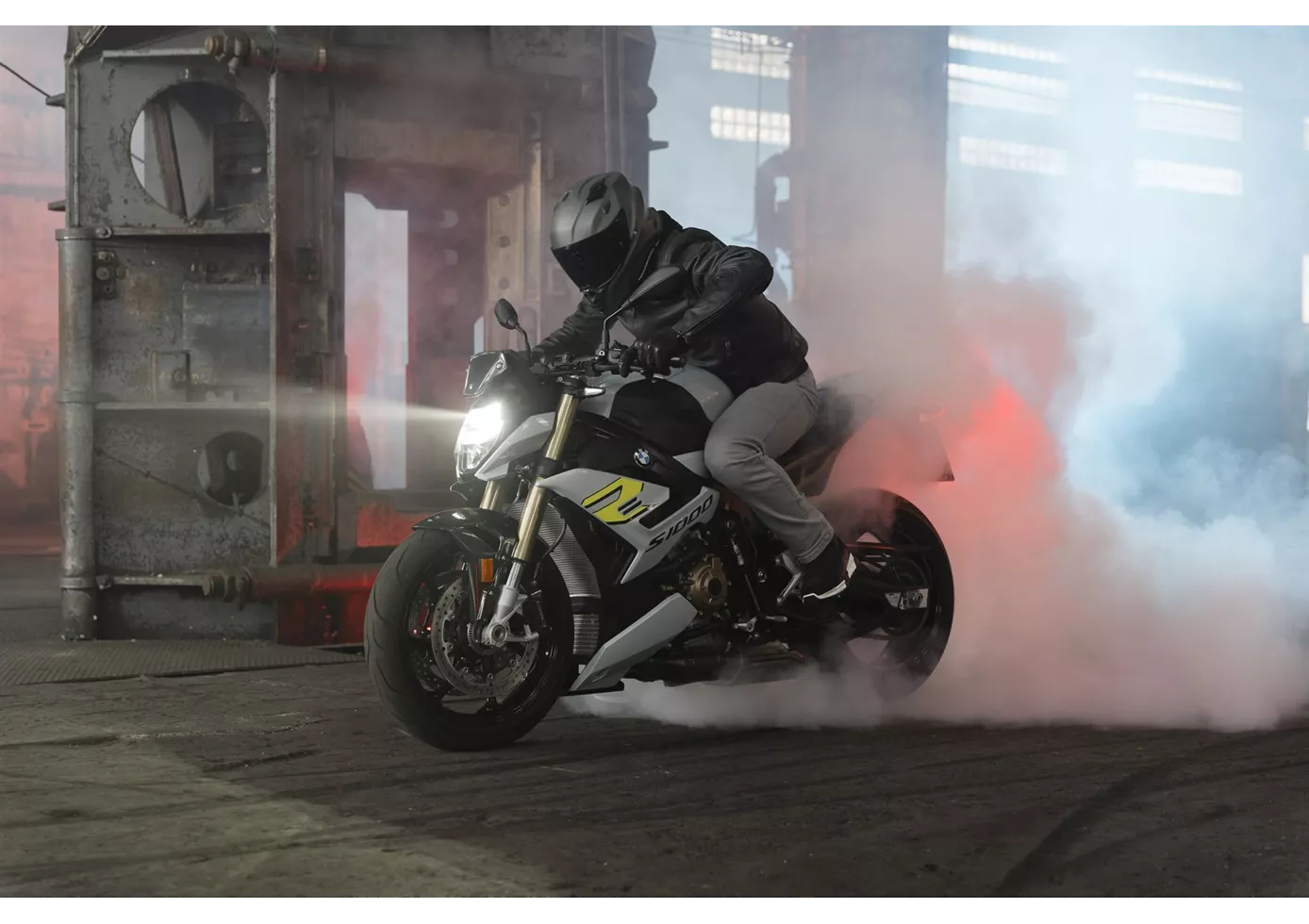
La position de conduite est sportive, mais pas du tout inconfortable, le freinage est efficace et le moteur de la S 1000 R se montre sous son meilleur jour - peut-être même un peu trop homogène. Du côté de la conduite, il n'y a rien à redire non plus. Sur la base des données de performance pures et des fonctions électroniques intégrées, la BMW a ce qu'il faut pour réaliser le meilleur temps au tour. Et ce sur n'importe quel type de terrain, car le châssis semi-actif permet d'avaler des kilomètres et des kilomètres sur de mauvaises routes parsemées de nids de poule. Malheureusement, ce sentiment de supériorité ne s'est jamais vraiment transmis au pilote. Sans doute le revers de la médaille d'un trop grand équilibre dans tous les domaines - du moins à mes yeux italophiles. Il manquait à la BMW ce petit quelque chose, ce rayonnement ou ce charisme difficile à expliquer, mais qui suscite de véritables émotions.
Kawasaki Z H2 2020
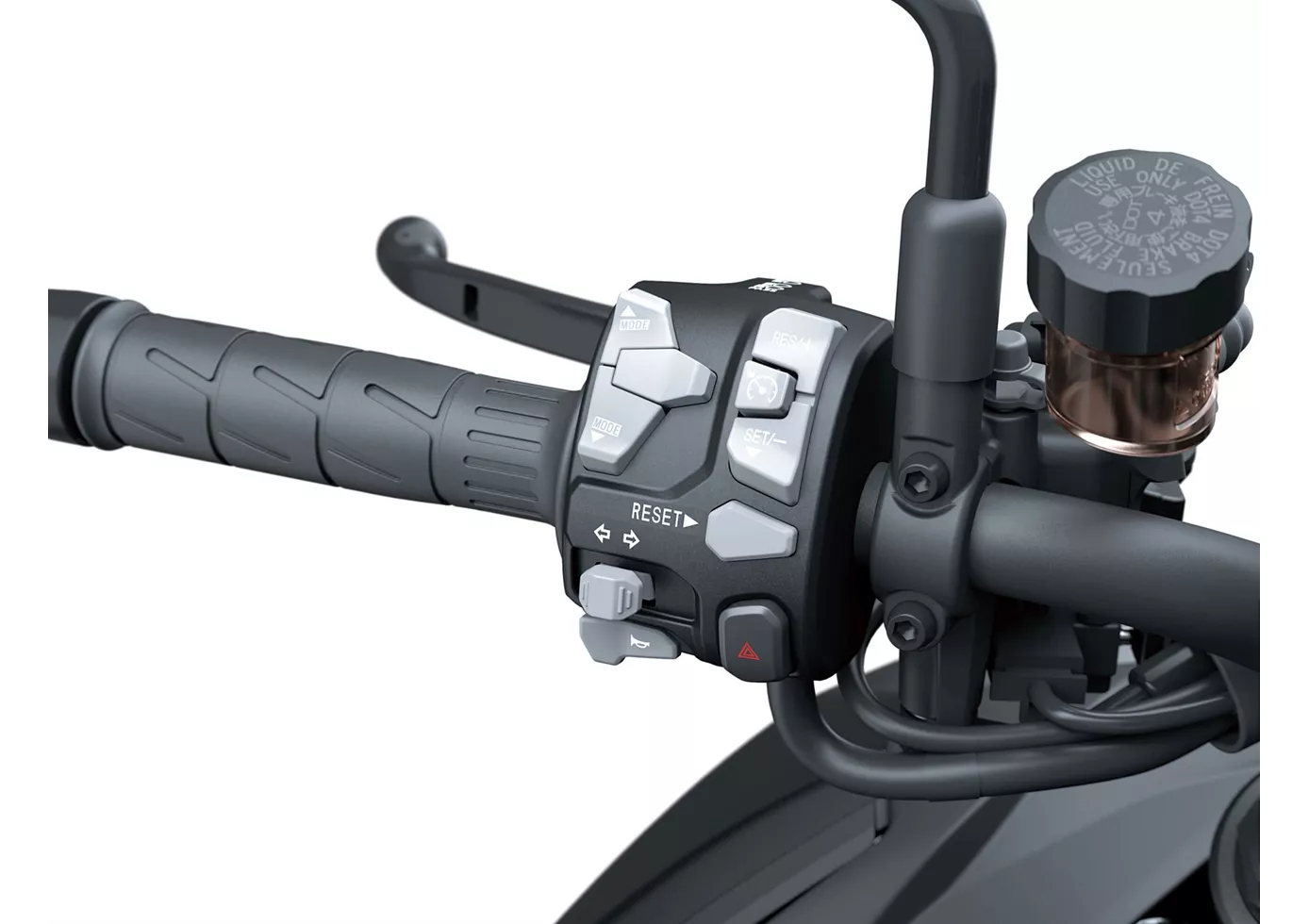
Le moteur fascinant de la Kawasaki n'enthousiasme pas seulement comme motif pour des cartes de quatuor ou lors de discussions à la table des habitués. Le moteur est fait pour la pratique. En selle sur la machine, tu peux profiter de la poussée dans toutes les situations. Les ordres donnés par la poignée des gaz sont mis en œuvre de manière directe, intense mais aussi contrôlable. La machine n'est toutefois pas une sportive athlétique, mais une nakedbike bien campée. Elle marque des points à chaque fois qu'il faut de la souveraineté et de la puissance.
Comparaison des prix Prix moyen du marché BMW S 1000 R vs Kawasaki Z H2
There are a few key differences between a BMW S 1000 R 2022 and a Kawasaki Z H2 2020. In terms of price, the actual average price of a BMW S 1000 R 2022 is about 18% higher. Compared to Kawasaki Z H2 2020 there are more BMW S 1000 R 2022 bikes available on the 1000PS.de Marketplace, specifically 22 compared to 10. It takes less time to sell a BMW S 1000 R with 71 days compared to 148 days for a Kawasaki Z H2. Since model year 2014 1000PS.de editors have written 62 reviews for the BMW S 1000 R and 14 reviews for the Kawasaki Z H2 since model year 2020. The first review for the BMW S 1000 R was published on 11/3/2013 and now has more than 17,300 views. This compares to more than 82,500 views for the first review on Kawasaki Z H2 published on 10/10/2019.
